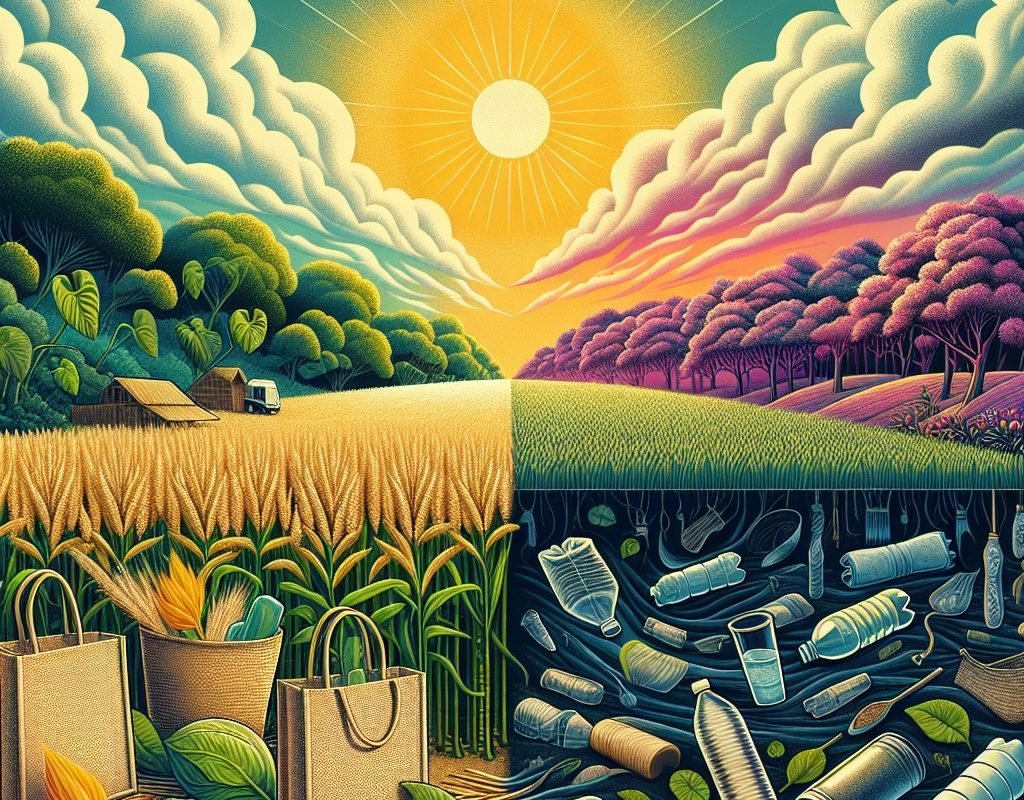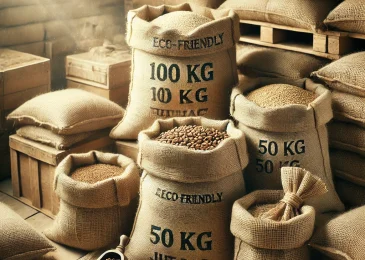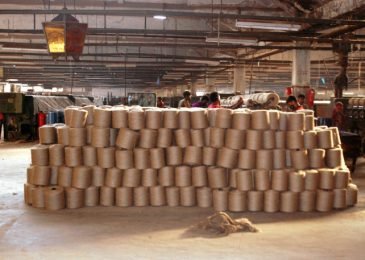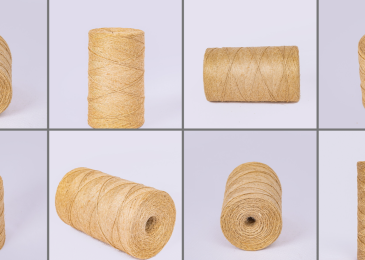In an era where plastic pollution poses a significant threat to our planet, the search for sustainable alternatives has become more critical than ever. Jute, often referred to as the “golden fiber,” emerges as a shining beacon of eco-friendliness in this quest for sustainable materials.
In this article, we explore the environmental benefits of jute as a natural and biodegradable fiber, showcasing its potential as a viable alternative to plastic and its role in reducing plastic pollution and carbon footprint.
Biodegradability and Renewable Resource
One of the most significant advantages of jute over plastic is its biodegradability. Unlike plastic, which can persist in the environment for hundreds of years, jute is a natural fiber that decomposes organically. When disposed of, jute products break down into organic matter, returning to the earth without leaving behind harmful pollutants.
Additionally, jute is a renewable resource that can be harvested annually, making it a sustainable choice for industries and consumers seeking alternatives to finite and environmentally damaging materials like plastic.
Reduced Plastic Pollution
Plastic pollution has reached alarming levels, with vast quantities of plastic waste contaminating our oceans, soil, and air. Jute offers a sustainable solution to this pressing environmental issue by replacing plastic products in various applications. Jute bags, for example, serve as eco-friendly alternatives to single-use plastic bags, reducing the demand for non-biodegradable materials and mitigating the proliferation of plastic waste in landfills and water bodies. By choosing jute over plastic, individuals and businesses can actively contribute to the reduction of plastic pollution and the preservation of ecosystems worldwide.
Lower Carbon Footprint
In addition to reducing plastic pollution, jute helps lower the carbon footprint associated with the production and disposal of plastic products. Unlike plastic, which is derived from fossil fuels and requires energy-intensive processes for manufacturing, jute cultivation and processing have a significantly lower environmental impact. Jute plants absorb carbon dioxide from the atmosphere during their growth, acting as carbon sinks and mitigating greenhouse gas emissions. Furthermore, jute products typically require less energy to produce and transport compared to their plastic counterparts, further reducing their carbon footprint over the product lifecycle.
Versatility and Adaptability
Beyond its environmental benefits, jute offers versatility and adaptability in various applications, making it a preferred choice for sustainable packaging, textiles, construction materials, and more. Jute fibers are strong, durable, and naturally resistant to degradation, making them suitable for a wide range of products that traditionally rely on plastic materials. From jute-based packaging solutions to biodegradable mulches and geotextiles, the versatility of jute enables innovative solutions to environmental challenges while promoting sustainable practices across industries.
As the world grapples with the environmental consequences of plastic pollution and climate change, the need for sustainable alternatives has never been more urgent. Jute emerges as a compelling solution, offering a myriad of environmental benefits as a natural, biodegradable, and renewable fiber. By embracing jute as an alternative to plastic, we can reduce plastic pollution, lower our carbon footprint, and pave the way for a more sustainable future. Together, let us harness the power of jute to protect our planet and preserve its natural resources for generations to come.





